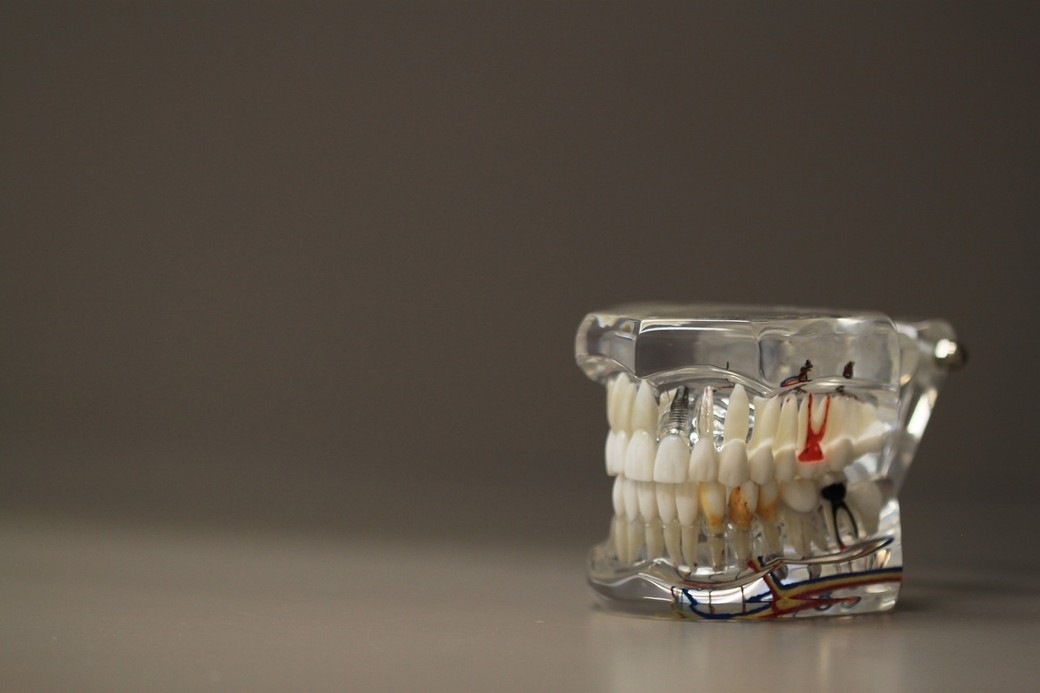
Understanding Dental Implants
In 1983, following a successful five-year replication study at the University of Toronto, a new and exciting phase of Canadian dentistry began. For the first time, implants were available to the dental public in North America. These implants were placed by dental specialists, primarily Oral and Maxillofacial Surgeons (OMFS).
In the beginning, implants were utilized primarily for patients who had great difficulties wearing lower dentures. The use of implants to anchor dentures permanently or to stabilize them to “click-in” brought many patients huge relief from pain, instability and difficulty with mastication or chewing. As time passed and more scientific and clinical work was studied, over the past 30 years, implants evolved.
Implants, which are basically a replacement for a tooth root, are now used for immediate tooth replacement from a single tooth loss to full arch construction with complete tooth loss, often known as “Teeth-in-a-Day”. The unique qualities of the titanium material, which all implants are made of, has allowed for many applications including orthopedic surgery as well as dental implants.
So Are Dental Implants For You?
Dentistry offers many options for replacement of teeth, from partial dentures to full dentures to root canal work to bridgework. Conventional dentistry has been used for over 100 years with good success. One of the concerns of patients is that bridgework usually involves grinding down or cutting down natural teeth to suspend artificial teeth between the existing tooth structures. An implant often is a better alternative to this approach to a bridge and should be discussed with your dentist. The vast majority of dental implant work involves a teamwork approach. The surgeon works with your dentist on the diagnosis and preparation of the sites for implant reception.
What Process Should You Expect?
It is estimated that over ten million implants have been placed in North America and that there is an increasing demand and application of this technology, which will double in the next five years. The use of implants is becoming a regular part of the armamentarium of dentists. Your dental specialists are there to help. The general step-by-step approach to treatment is:
1. Your family dentist will discuss options for tooth replacement with you when that need is identified;
2. Your dentist often will refer you to a dental specialist (such as an OMFS) for the diagnosis and further development of implant treatment options; X-rays, CBCT scans and computer guided programs.
3. Once a treatment plan has been decided on, the surgical procedure may be as simple as local anaesthetic (freezing) or, often, patients desire sedation or full general anaesthetic, depending on the patient’s desires and the extent and significance of the surgery and the patient’s health. Your OMFS can offer you those services;
4. Following implant placement at the surgeon’s clinic, office, or hospital, there generally is a period of monitoring from three to four months as the bone heals into the surface of the implant. At the appropriate time, the implant integration or fixation to bone is checked by x-rays and clinical examination and your surgical office communicates with the dental office and the final application of tooth, bridges, and teeth can begin;
5. A few short weeks after the implants have been determined to be fused to the bone, your new tooth or teeth will be finally delivered. In some cases, a temporary tooth can be put in immediately at the time of implant placement and even a full arch reconstruction (like G4 implants) can be accomplished in appropriate cases;
6. Maintenance of the implants is carried out by the dental office, your own dental hygiene procedures, and annual hygiene examinations, and follow-up through your surgeon’s office.
At this point in time, dental implants have been functioning for well over 50 years and the future looks promising. It is a very exciting and promising time for the over 50 million people in North America missing one or more important teeth. Implants seem here to stay.
Case file and images belong to Dr. Hassan Moghadam, DDS, MSc, FRCD(C) The surgery was performed by Dr. Hassan G. Moghadam DDS, MSc, FRCD(C)’ at Argyle associates.









